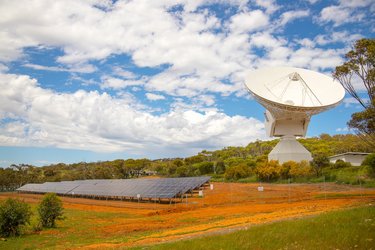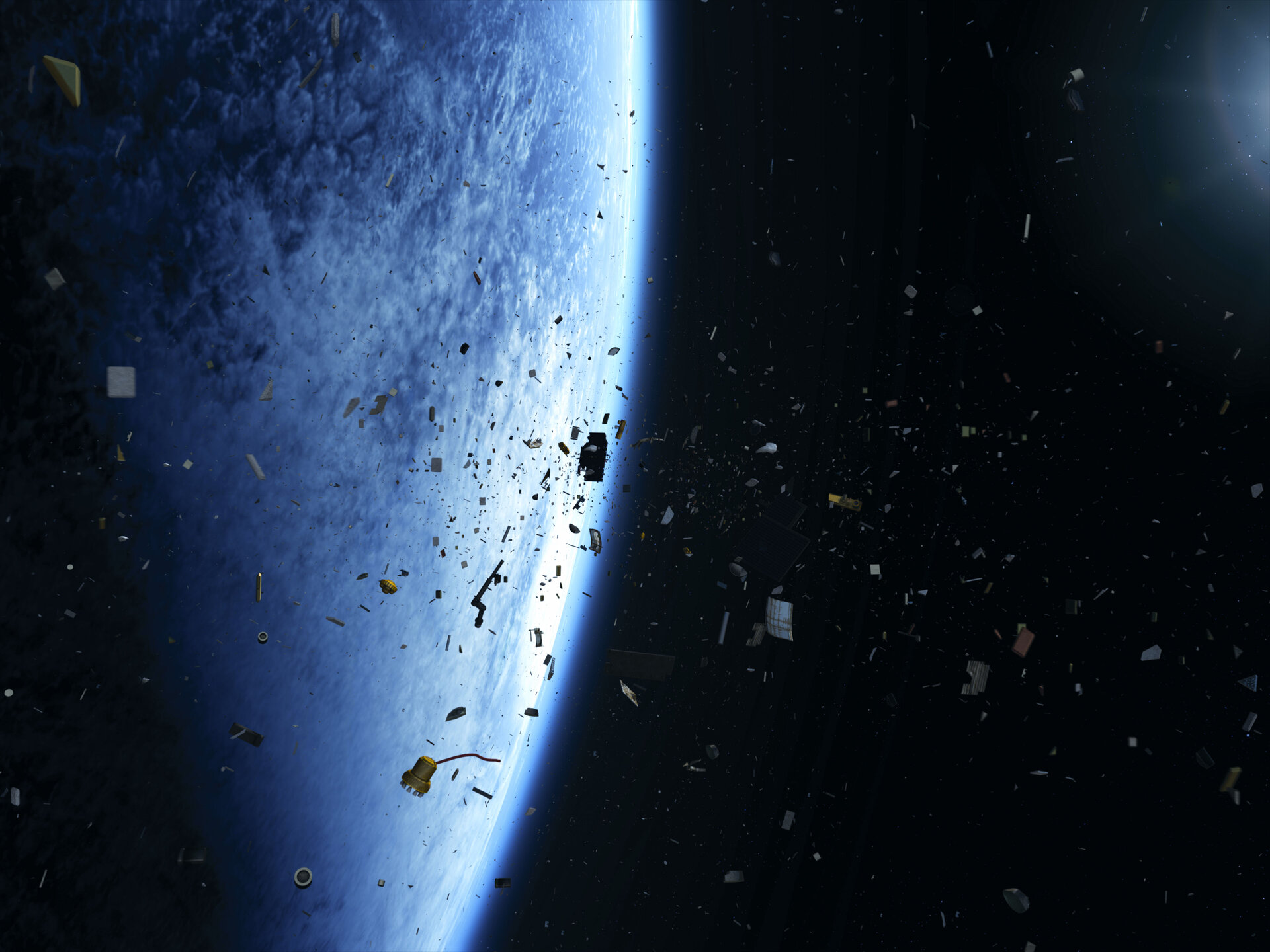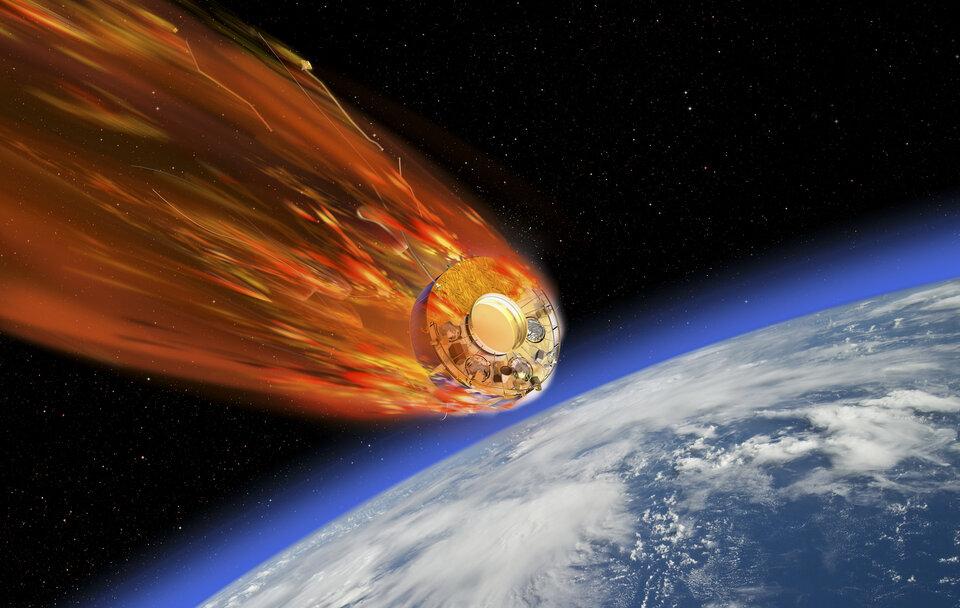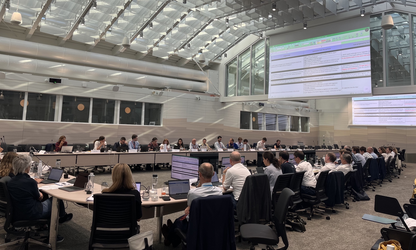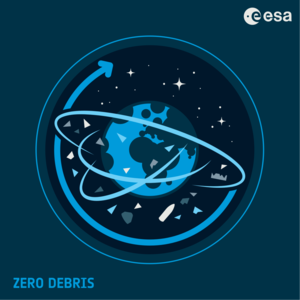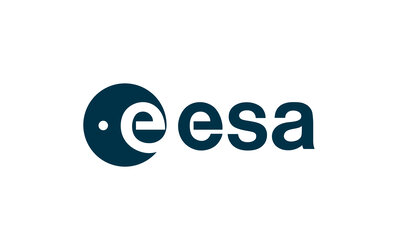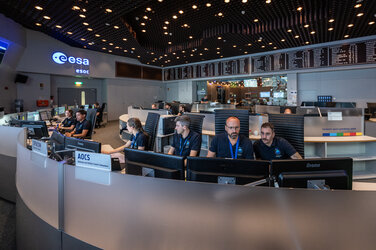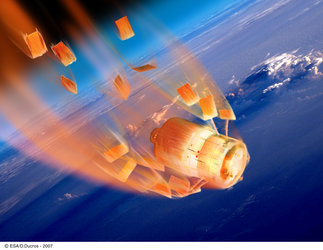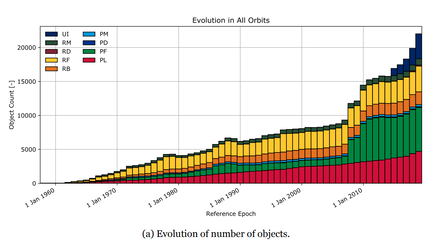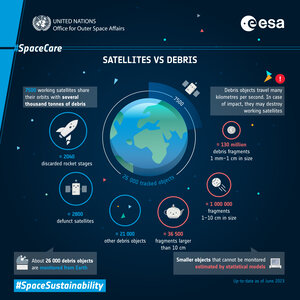Technological ‘to-do list’ to reach Zero Debris created
There is an increasing willingness in the space sector to tackle the problem of space debris. Yet much of the required technology to mitigate or prevent its risks is still missing.
Preventing new debris, avoiding collisions and the timely clearance of satellites from orbit at their end-of-mission are complex challenges that each require a variety of practical solutions.
Released to the public on 15 January 2025, the Zero Debris Technical Booklet is a community-driven document that identifies technologies that will contribute to the goal of Zero Debris by 2030. Essentially, the Booklet forms a technical Zero Debris 'to-do list'.
Building a Zero Debris community

The Zero Debris community, made up of the signatories of the Zero Debris Charter and facilitated by ESA, collectively works towards jointly defined targets for 2030.
The Charter aims to minimise the release of any new debris and to mitigate its impact on people, infrastructure and Earth’s environment. It also encourages efforts to improve awareness and understanding of the debris population. The targets in the Charter function as a benchmark by putting concrete numbers to what are deemed achievable risk levels for reentries, collisions and, of course, debris generation.
Through signing the Charter text, 18 countries and well over a hundred companies, organisations and academic institutes have pledged their commitment in the first year since the Charter’s publication in November 2023. The community has since gone to work during various conferences and workshops to reach an important milestone with the publication of the Zero Debris Technical Booklet.
The Zero Debris Technical Booklet
In the Zero Debris Technical Booklet, technical needs and solutions are presented that collectively provide the means to achieve the targets of the Zero Debris Charter. It was developed by a team of engineers, operators, lawyers, scientists and policy experts from a wide variety of contributing entities in the Zero Debris community.
Six key technological goals have been identified in the booklet that are essential to achieving the Zero Debris targets:

- Prevent the release of new debris on any scale, from small particles to rocket bodies.
- Prevent debris generation through collisions or break-ups.
- Improve space traffic surveillance and coordination.
- Clear satellites promptly from important low-Earth and geostationary orbits after their end-of-mission.
- Prevent casualties on the ground as a result of reentries.
- Learn more about space debris and its effects to be better able to mitigate them, including the effect on our atmosphere as well as astronomical observations.
The Technical Booklet is intended to be a living document. It is a reference work that will be periodically updated to reflect new possibilities and challenges as we learn more.
How to get to Zero Debris
In more concrete terms, what has been determined to be on the technological to-do list? Multiple tracks of technology development will be pursued in parallel in order to be able to get to Zero Debris by 2030.

Zero Debris satellites
It is important to build Zero Debris satellites that are more resilient and resistant to breaking up, and can be manoeuvred for safe disposal at the end of their mission lifetime. This entails the development of debris-resistant materials and technologies, designing satellites for easy de-orbiting as well as burning up during reentry in the atmosphere, and developing standardised interfaces for efficient removal in case of incapacitation.
Launch and deployment
But the mitigation strategies do not end with the satellite itself, the launch and deployment process should also be considered. Systems are to be developed to deorbit any elements from the launcher. Another source of debris is small particles released by certain kinds of fuel and in-orbit pyrotechnics during deployment. These should be avoided, and alternatives developed.
Operations and collision avoidance

Once satellites are operational, there is much to be gained by optimising collision avoidance processes and space traffic management. An essential element is improving tracking capabilities for smaller, currently untrackable debris objects to be able to finetune risk assessments. Operational practices can also be optimised, supported by new technologies improving the communication infrastructure and health monitoring for spacecraft.
End-of-life and reentries
At the end of a mission, there is the deorbiting and reentry process (for low-Earth satellites) to consider, as well as its effects on the environment. Active debris removal services are required in-orbit, as well as a reduction of the environmental impact of debris reentry on the ocean and atmosphere, starting with more research.
Zero Debris at ESA
Building on a decade of ESA-wide collaborative work, the Agency has taken the lead in space sustainability by introducing its Zero Debris approach in 2023: ESA's bold goal to significantly limit the production of debris in Earth and Lunar orbits by 2030 for all future missions, programmes and activities.
ESA has since introduced ambitious, updated Space Debris Mitigation Requirements, a Space Debris Mitigation policy for all the activities of ESA and its partners, continues to publish its yearly Space Environment Report, and is facilitating the Zero Debris Charter and Technical Booklet efforts.
Beyond a Zero Debris future
The future ESA envisions is brighter still. Getting to Zero Debris by 2030 is an ambitious goal, yet itself only one aspect of true sustainability in space. In the long run, ESA is committed to bringing about a circular economy in space.
In-orbit servicing, manufacturing and recycling in space will increase the longevity of satellites and reduce the demand on resources – all while maintaining a Zero Debris approach together with the Zero Debris community in the European and global space sector.















 Germany
Germany
 Austria
Austria
 Belgium
Belgium
 Denmark
Denmark
 Spain
Spain
 Estonia
Estonia
 Finland
Finland
 France
France
 Greece
Greece
 Hungary
Hungary
 Ireland
Ireland
 Italy
Italy
 Luxembourg
Luxembourg
 Norway
Norway
 The Netherlands
The Netherlands
 Poland
Poland
 Portugal
Portugal
 Czechia
Czechia
 Romania
Romania
 United Kingdom
United Kingdom
 Sweden
Sweden
 Switzerland
Switzerland






















